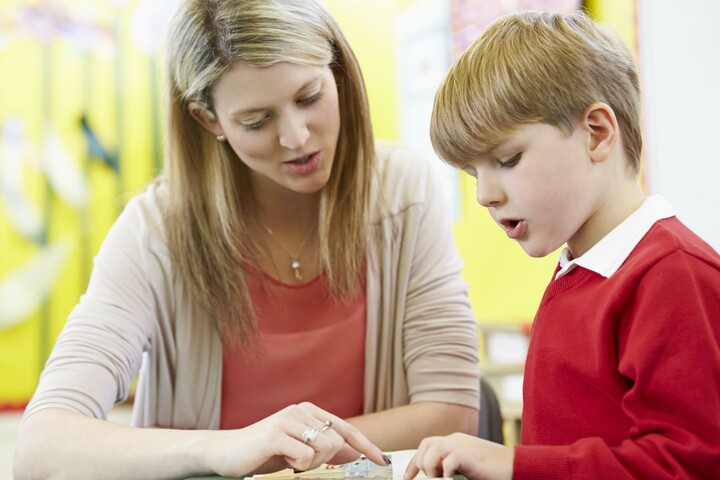
Literacy interventions put in place by NLPS this year resulted in large gains for the students who participated in the program.
“Our staff did a great job of identifying strategies to support students who needed assistance and ensuring they received the help they needed,” said Board Chair Karen Packard. “We are thrilled with the results so far and will be advocating for funding from Alberta Education so that we can continue with this programming next year.”
Students in Grade 2 jumped an average of 7.2 months in grade level, and Grade 3 students gained 8.8 months in grade level as a result of the intervention program.
“Some students not only caught up to grade level, but jumped ahead a bit,” explained Terry Moghrabi, Associate Superintendent - Curriculum and Programming. “The feedback from parents has also been positive. They have noticed a big difference in their children’s confidence and ability to read on their own.”
NLPS elementary schools used a Fountas and Pinnell assessment to determine which students were in need of intervention. A total of 334 students (175 in Grade 2 and 159 in Grade 3) participated in the literacy intervention program. On average, the Grade 2 students were 10.6 months behind grade level at the beginning of the intervention program and the Grade 3 students were an average of 14.6 months behind grade level.
Intervention strategies were identified by a team of four NLPS staff - the division’s two learning consultants and two teachers experienced with literacy intervention. The division purchased Leveled Literacy Intervention (LLI) kits and hired educational assistants to work with students in small groups at each school. Students spent time with the educational assistants on a regular basis over a period of 12 to 16 weeks.
NLPS received a $348,000 learning disruption grant from Alberta Education to provide targeted literacy and numeracy interventions to students in grades 2 and 3 who were considered to be at risk of falling behind as a result of pandemic-related learning disruptions. Due to the assessment that is being used for numeracy, results of those interventions will not be available until the fall.
The division has asked for permission from Alberta Education to continue to use the Fountas and Pinnell assessment to measure student progress in literacy, and the CAT-4 assessment to measure student progress in numeracy. The Board will also be requesting that the province continue the learning disruption grant next year so that additional interventions can be provided to students who need them.
“It is important that we continue to build on the momentum and the gains that were made this year,” said Packard. “We need the grant to continue so that we can put the resources and staffing in place to offer these interventions to our students.”